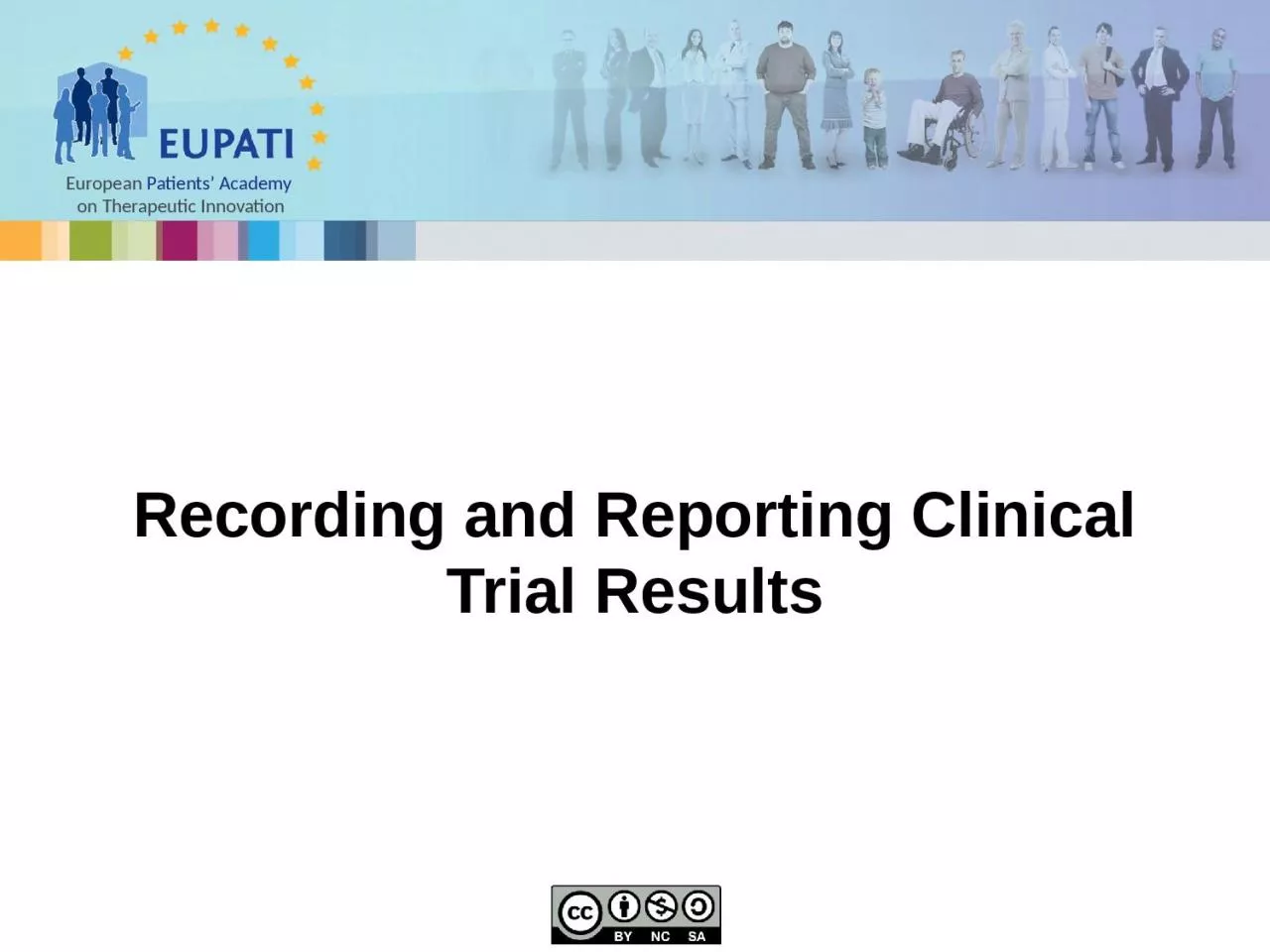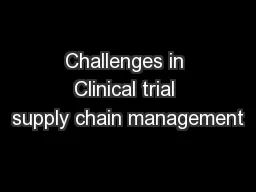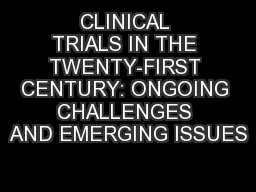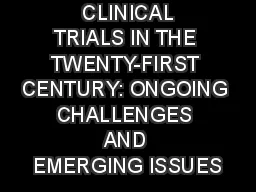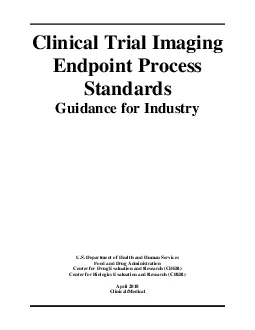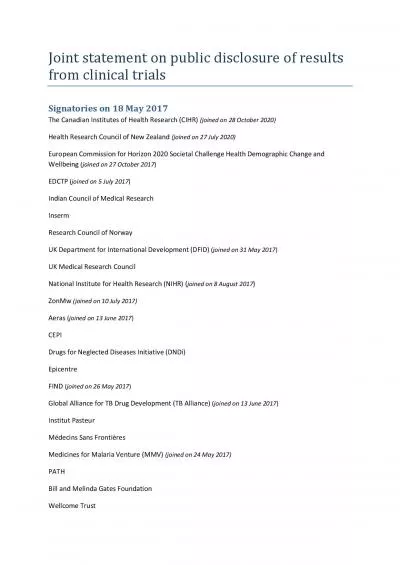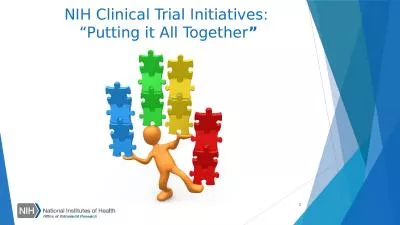PPT-Recording and Reporting Clinical Trial Results
Author : emery | Published Date : 2023-07-21
T he trial sponsor compiles a detailed clinical study report CSR after each clinical trial This report follows a format laid down by the regulatory authorities
Presentation Embed Code
Download Presentation
Download Presentation The PPT/PDF document "Recording and Reporting Clinical Trial R..." is the property of its rightful owner. Permission is granted to download and print the materials on this website for personal, non-commercial use only, and to display it on your personal computer provided you do not modify the materials and that you retain all copyright notices contained in the materials. By downloading content from our website, you accept the terms of this agreement.
Recording and Reporting Clinical Trial Results: Transcript
Download Rules Of Document
"Recording and Reporting Clinical Trial Results"The content belongs to its owner. You may download and print it for personal use, without modification, and keep all copyright notices. By downloading, you agree to these terms.
Related Documents

